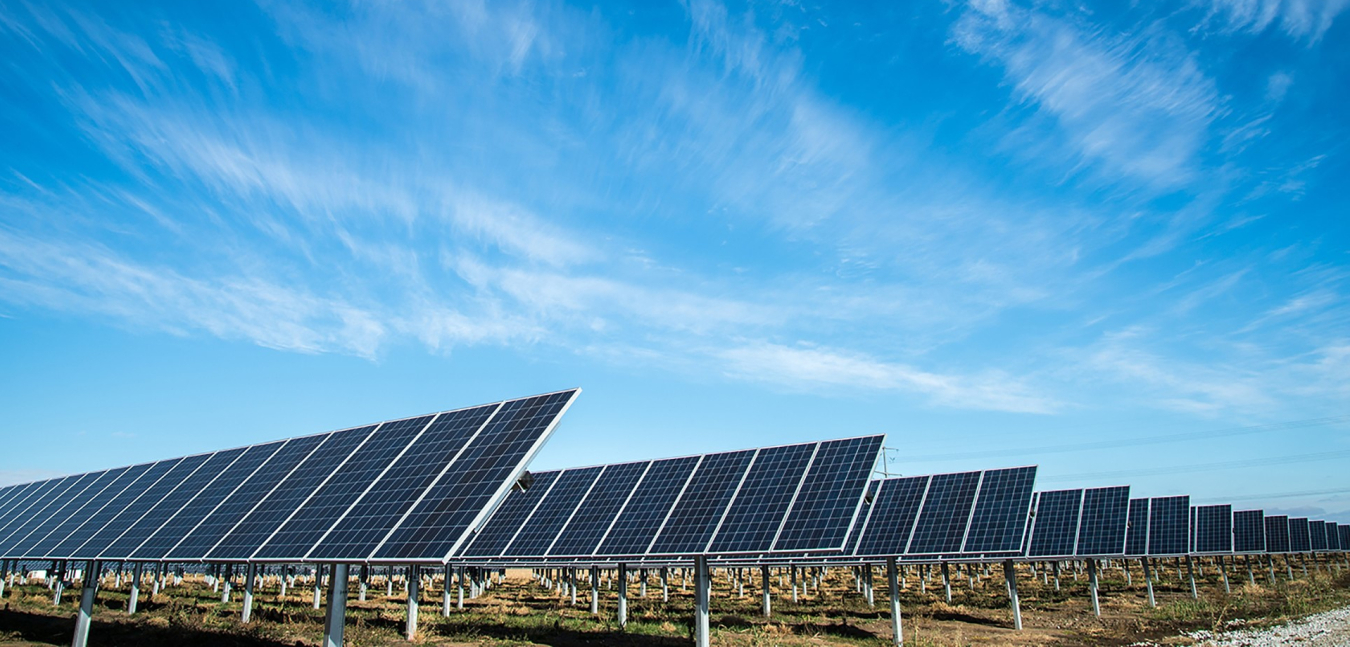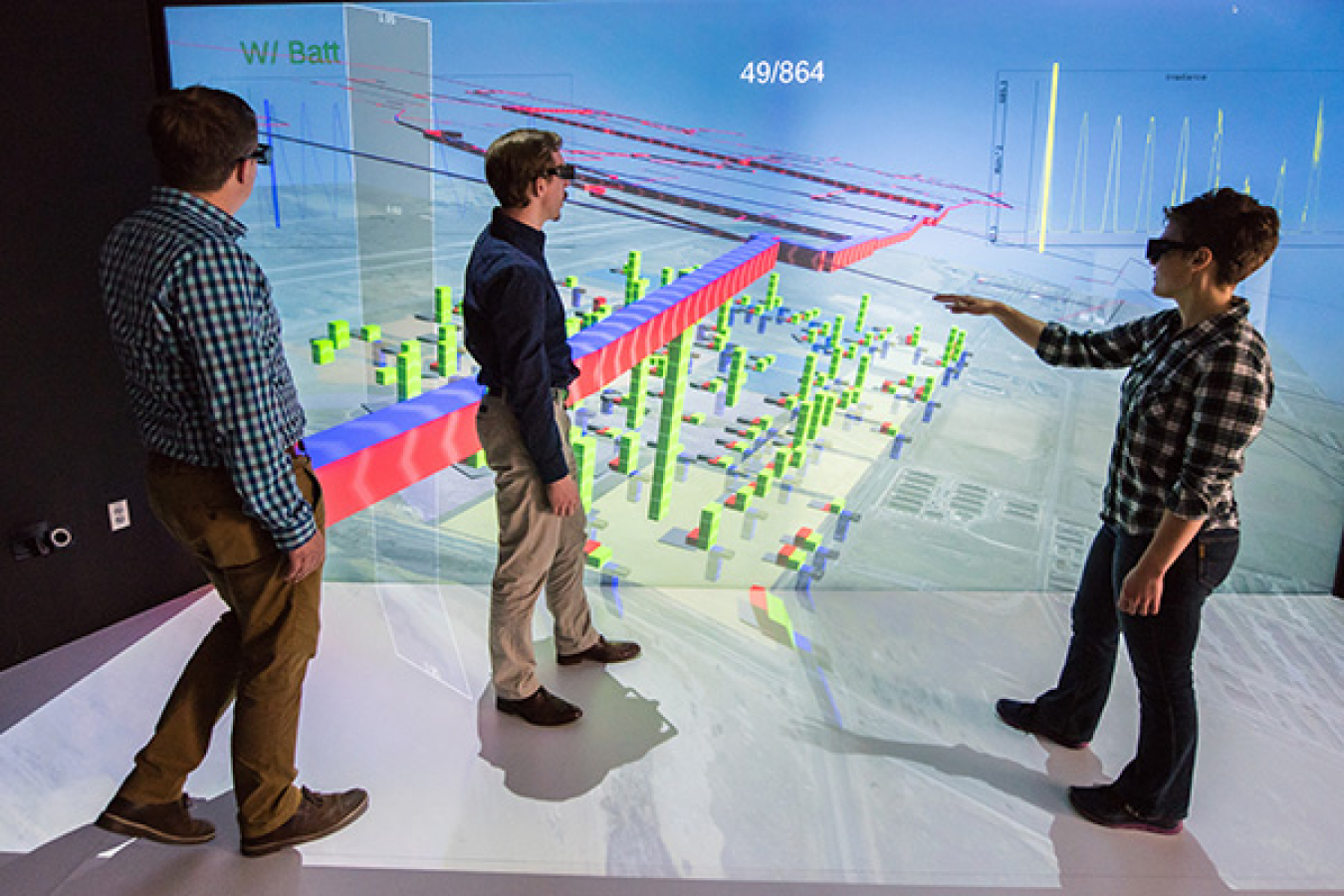
Generating 5 megawatts of solar energy, the LES community solar facility in Lincoln, Nebraska, is the largest and first utility-scale solar installation in the state, as well as one of the largest in the region.
DISTRICTS AND COMMUNITIES >>
Why Work at the District Scale?
Many zero energy districts are getting started in cities around the United States. These early adopters are creating test beds for exploring new technologies and business models.
It turns out there are a lot of upsides—particularly financial—to sharing energy infrastructure and resources among many buildings in the same district. For example:
- Balance across buildings: By sharing resources, buildings can help balance out one another’s energy needs. For example, by managing peak loads as a group, some utility customers can achieve big savings on energy bills.
- Replication: Once high-performance design and retrofit strategies are established for one or two buildings, these same strategies can be used for other buildings in the district.
- Economies of scale: Because of the larger scale, technologies, products, and services can be purchased in quantity to drive down costs. Large shared energy systems, such as community solar arrays, can also take advantage of these economies of scale.
- Energy recovery: Some building types produce extra heat that can be used for heating or hot water in other buildings that are connected through a district thermal energy system. For instance, a building that is in cooling mode may produce waste heat from its condenser that can be used to heat water for homes. A data center might generate waste heat that can heat neighboring buildings.
- Resilience: With careful planning, district electrical grids with storage capabilities can remain online during power outages—providing critical services during a disruption.
Learn more about the Zero Energy Districts Accelerator program
Download A Guide to Energy Master Planning of High-Performance Districts and Communities

NREL engineers use a 3D energy model of the Pena Station Zero Energy District to discuss potential energy loads of the proposed development growth.

